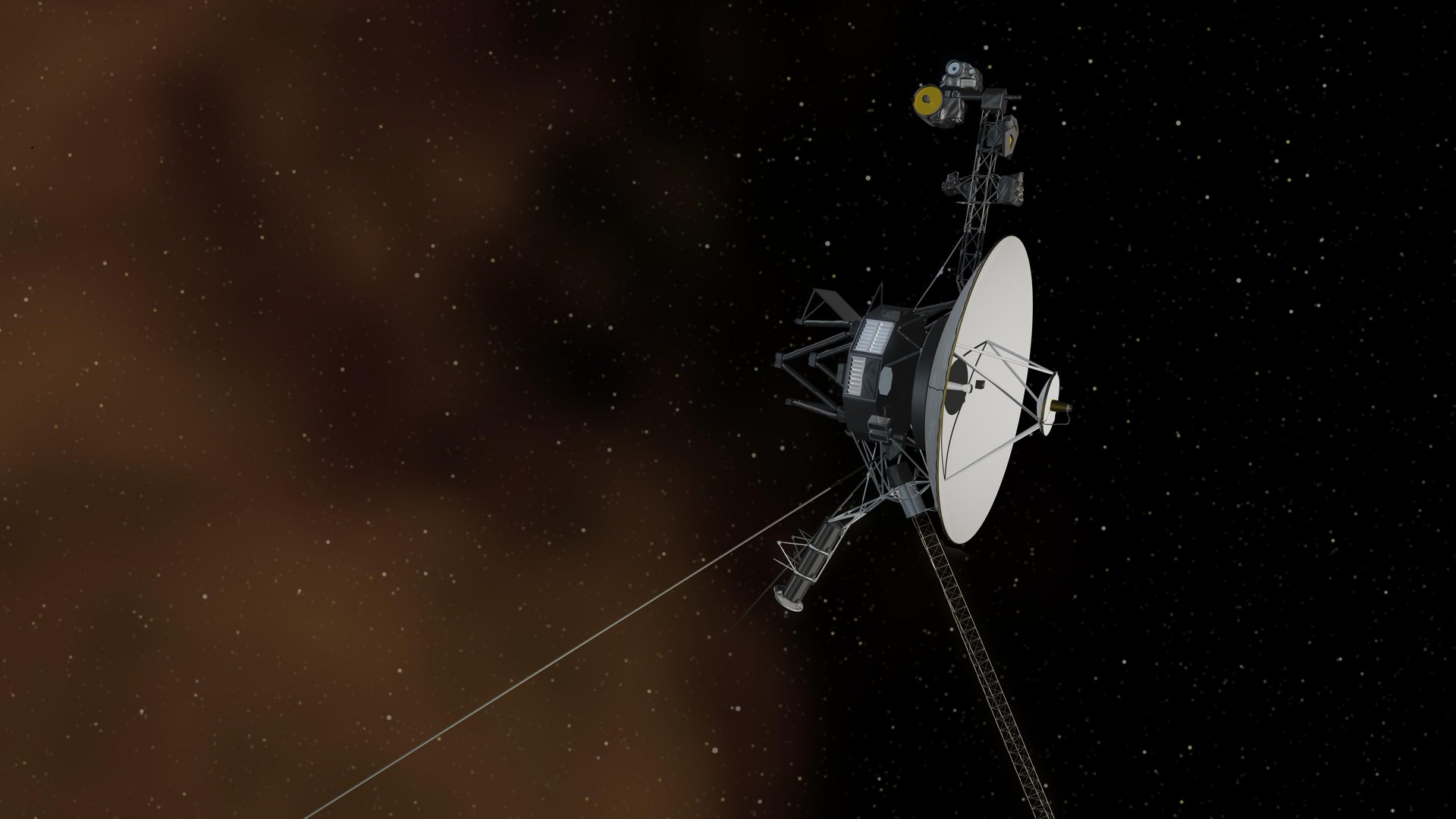In 2012, Voyager 1 reached a historic milestone: It left the heliosphere, the "bubble" of particles and magnetic fields created by the Sun, and thus entered interstellar space. This means that Voyager 1 is the first man-made object to leave our solar system and enter the space between the stars!
But there is more: Both Voyager probes carry a special data carrier representing humanity. These so-called "golden records" contain a variety of sounds and images that represent the life and culture on Earth. The idea is this: If the space probes are ever found by intelligent extraterrestrials, it will give them an insight into humanity and help them to understand us better. Thus, in addition to being research instruments, the Voyager probes are also a kind of ambassador for the Earth and all humankind.
The plates contain, among other things, the following data:
- Greetings in different languages: The greetings range from simple greetings like "hello" to more detailed messages.
- Other examples of human speech: There are sentences and words spoken in English, Spanish, French, Chinese, Russian and other languages.
- Sounds of nature: Sounds of nature can be heard, such as the crashing of waves, birdsong, wind sounds and the growl of a bear.
- Music from different cultures: Musical pieces from different regions and eras can be heard, including classical music, Indian raga music, African drums and more.
- Information about the Earth: The records contain diagrams and pictures that present important information about the Earth, its position in the solar system, the anatomy of the human body and the diversity of life on our planet.
- Images of humanity: The records also contain 115 images showing life on Earth, human culture, science and technology, historical events and much more.
Although the Voyager space probes have been on the road for decades, they are still sending data to Earth. This makes them one of the most successful projects in the history of (space) science. They are now several billion kilometres away from Earth, but they will probably continue to provide information about interstellar space for many years to come.


